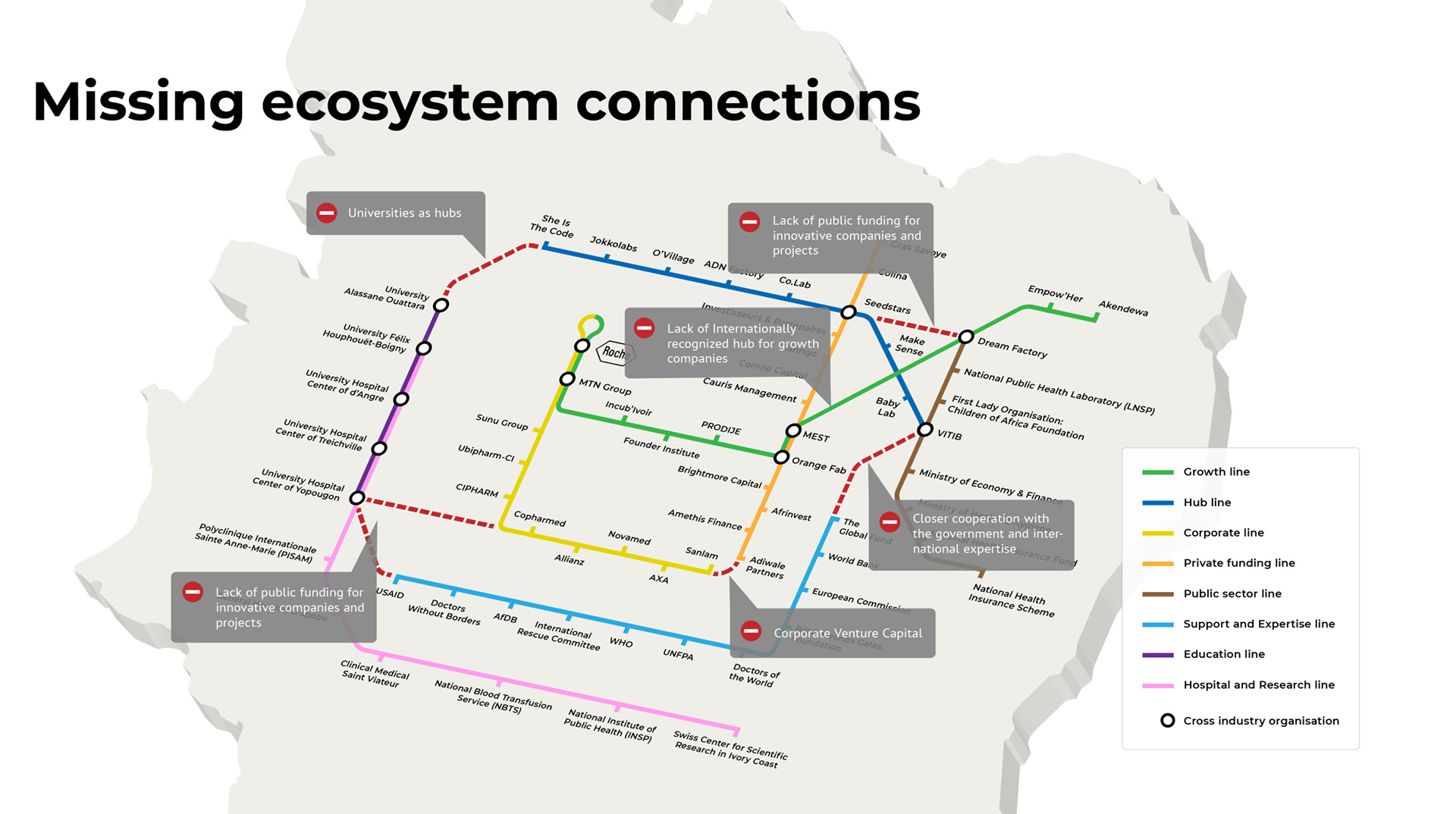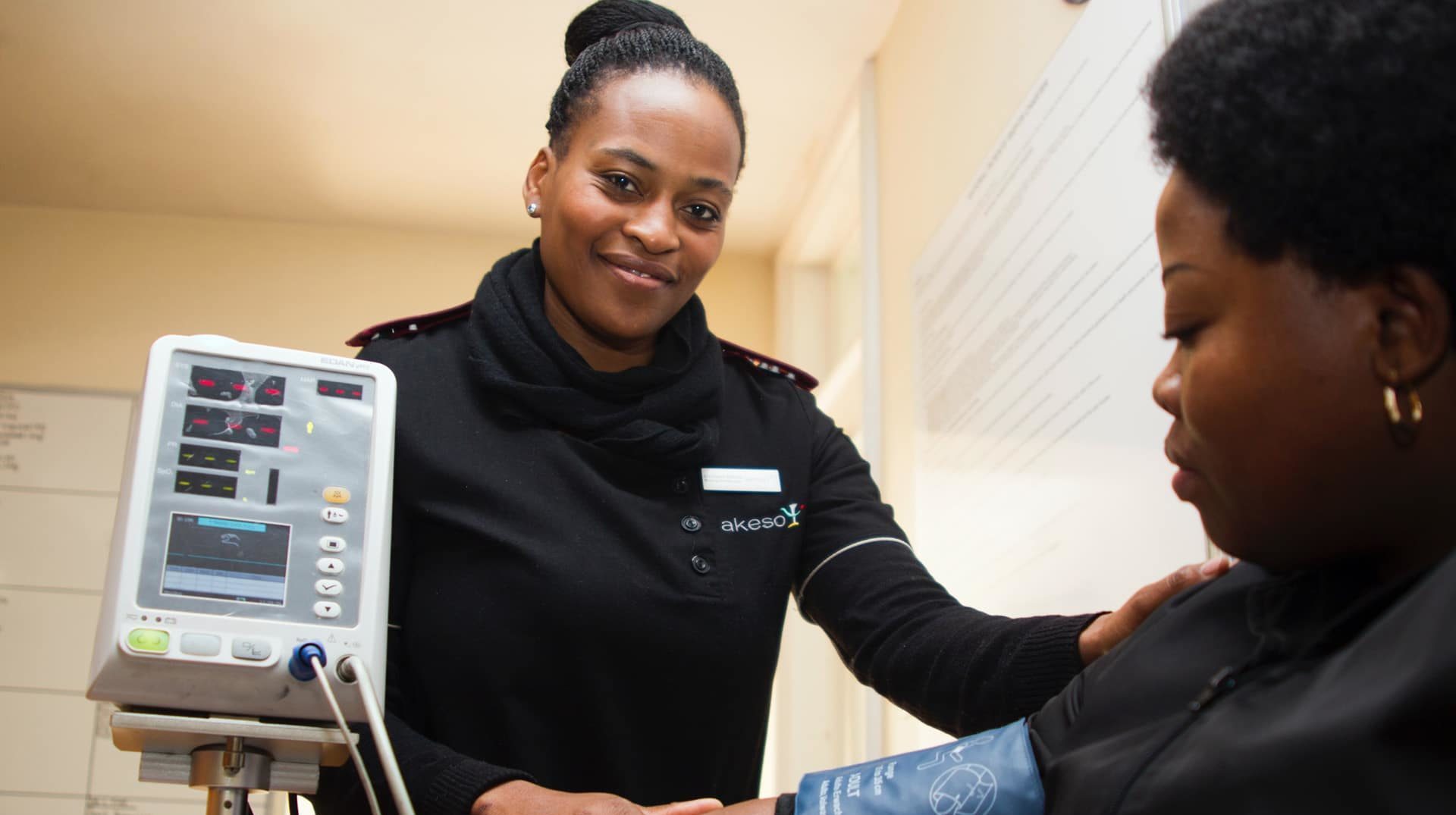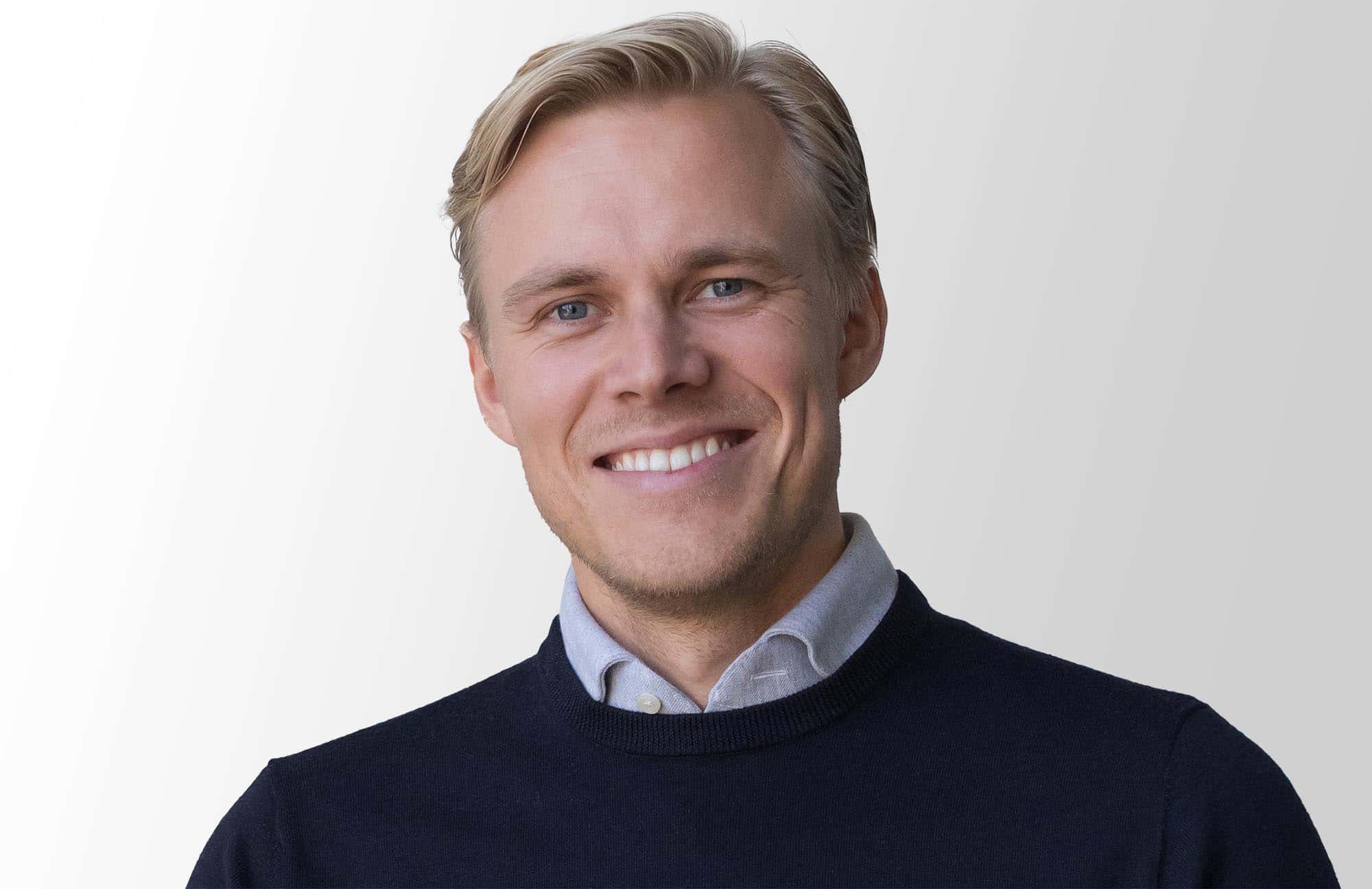The most complex challenges of humankind can no longer be tackled by any organisation alone. Roche understood that it isn’t enough to improve patient’s lives worldwide all by themselves. By teaming up with allies that share goals, much larger objectives can be accomplished at an even faster pace.
We are living in exciting times. While the global pandemic has stalled companies and governments alike, the adoption of digital health has developed within months to a stage that was previously thought to be reached only in years.
What was seen already before the pandemic, and has now become evident – success requires tight collaboration across organisation borders, teaming up with local and global stakeholders alike, that are leaders in their field. In other words, success requires collaboration with the surrounding ecosystem.
Today, in a common business context, ecosystems are often referred to as either company networks or marketplace solutions like Apple App Store, Amazon or Uber. With different types of actors and organizations referring to their activities as ecosystems, it is easy to get tangled up in the term. The confusion around the word “ecosystem” isn’t made any simpler by the fact that too often, we see ecosystem collaboration used as a buzzword, with little tangible connotations.
Ecosystem collaboration
Ecosystem collaboration differs from other types of business governance models, such as supply chains or other business models, where independent stakeholders work for each other, not with each other, for a common purpose. Business ecosystems aren’t controlled hierarchically, but there are mechanisms in place for aligning goals and day-to-day work. They’re built to enable future business growth most effectively. Thus, business ecosystems are to be used for specific needs that other tools cannot solve, such as internal R&D or traditional procurement.
What ecosystem collaboration means for Roche
In many low-access countries, Roche’s business is enabled and largely funded by governments. It means that in low and middle-income countries, systemic healthcare issues prevent market access. At the same time, it is very difficult for pharma companies to directly enter discussions with public stakeholders about healthcare access topics. With the support of Vertical, Roche has entered ecosystem collaborations with other organisations, to reach commonly defined goals much faster and with better outcomes than achieved individually. It has become truly possible for Roche to solve systemic access issues, improve access to healthcare, enable a better life for patients, and unlock untapped market potential.
Working side-by-side with public health authorities, globally renowned NGOs, and local hospitals alike, Roche puts its Northstar “Doing Now What Patients Need Next” into action. It helps Roche’s affiliates to understand patient needs, to bridge the gap to decision-makers, and to build the market.
Ecosystem mapping
Roche commissioned from Vertical a healthcare ecosystem research for Ivory Coast, to analyse the players in the current ecosystem. The aim was to understand existing and potential collaboration opportunities among public and private stakeholders, as well as roadblocks that currently prevent more efficient and better healthcare services and innovations. To make the complex network intuitively digestible, we created a map, in collaboration with local experts, based on the metaphor of a metro line network, which is expected to serve as a visual aid for decision-makers and ecosystem builders in the country.

Access For Future Movement and beyond
In early 2020, Roche launched with Vertical’s support the Access For Future Movement, to pilot and validate an ecosystem approach for solving systemic access issues in low access countries with a high population. Despite the spread of the pandemic, affiliates in India, Nigeria, Egypt, and Thailand have joined the program to engage government representatives and NGOs to commonly tackle access to healthcare in the country.

